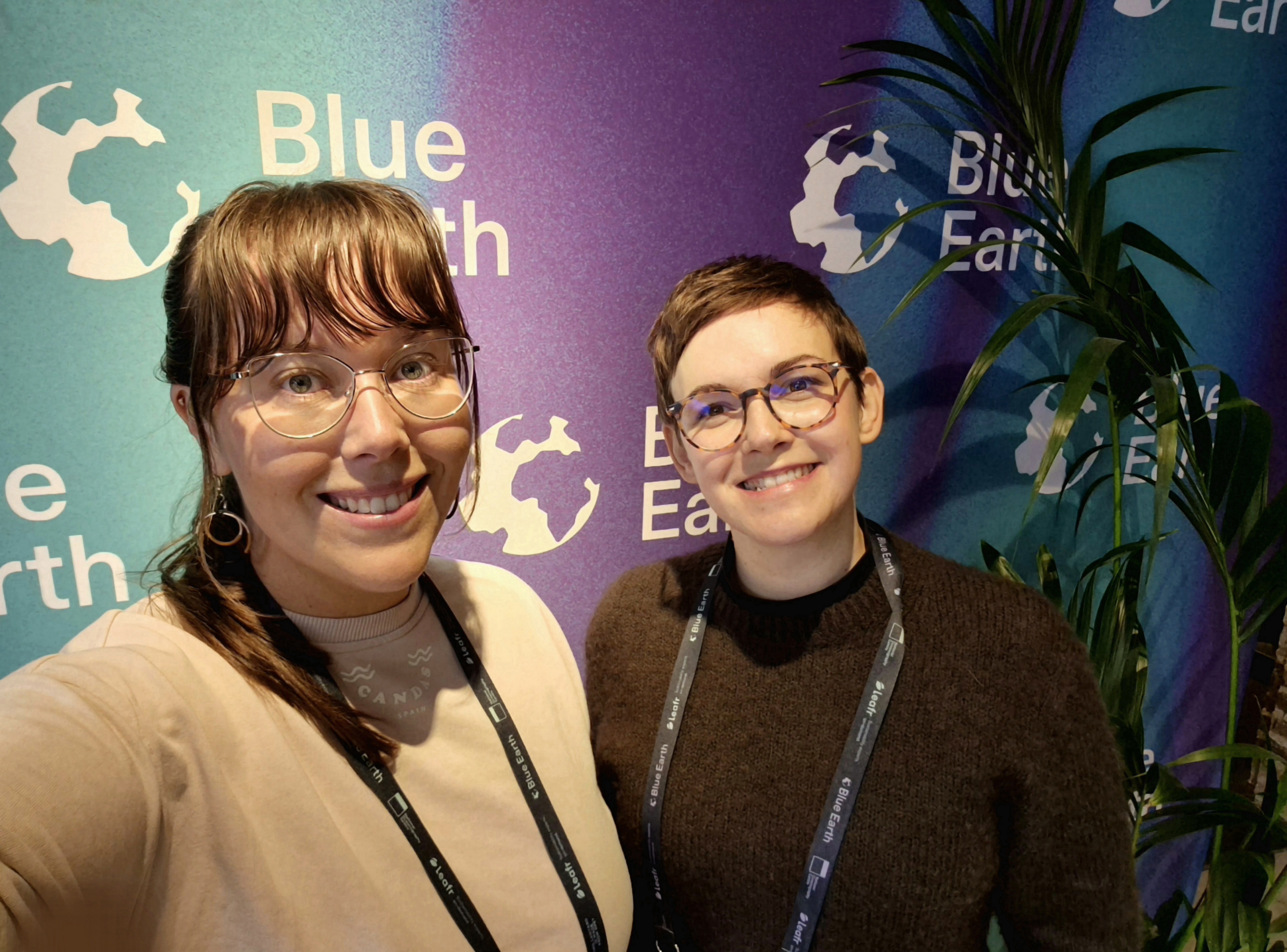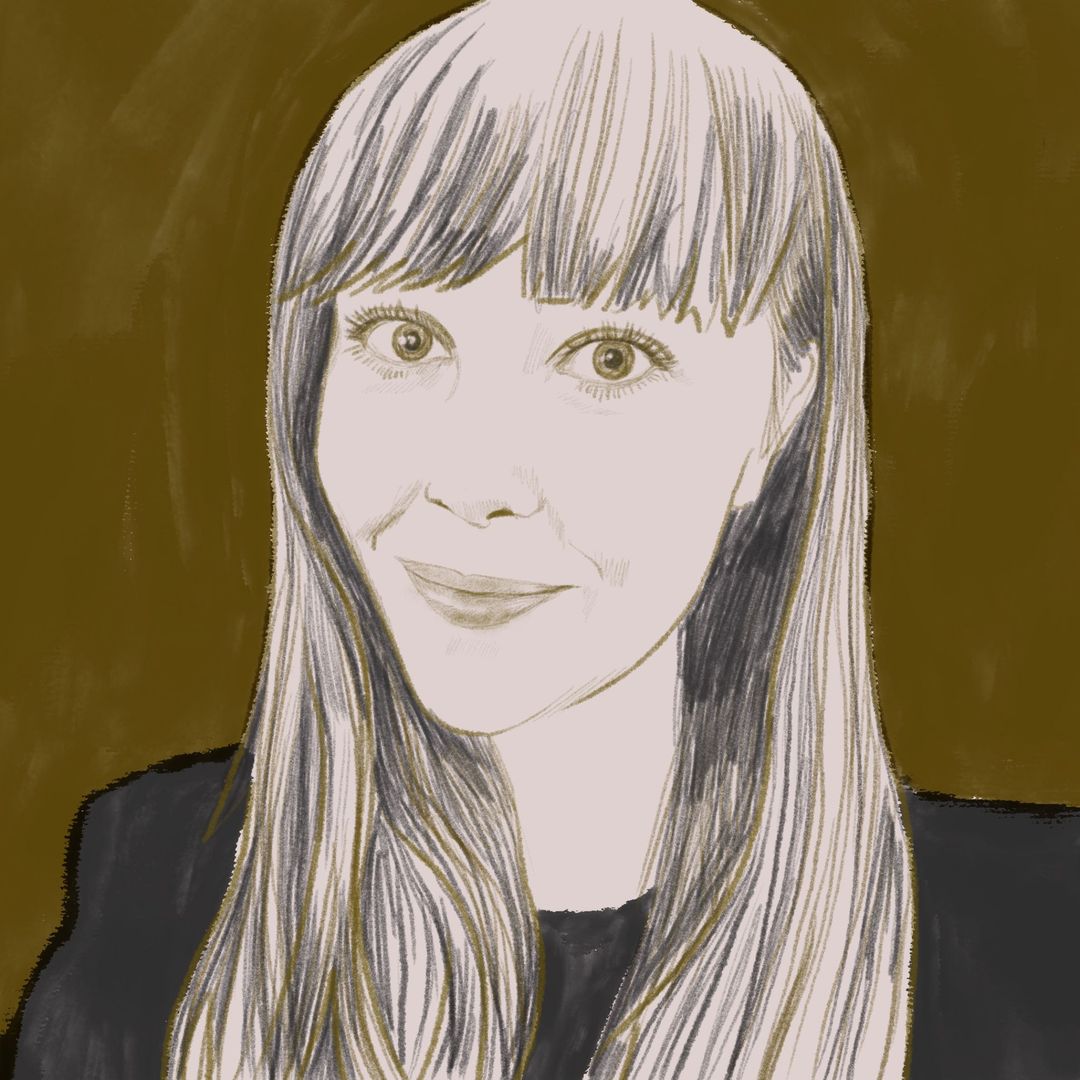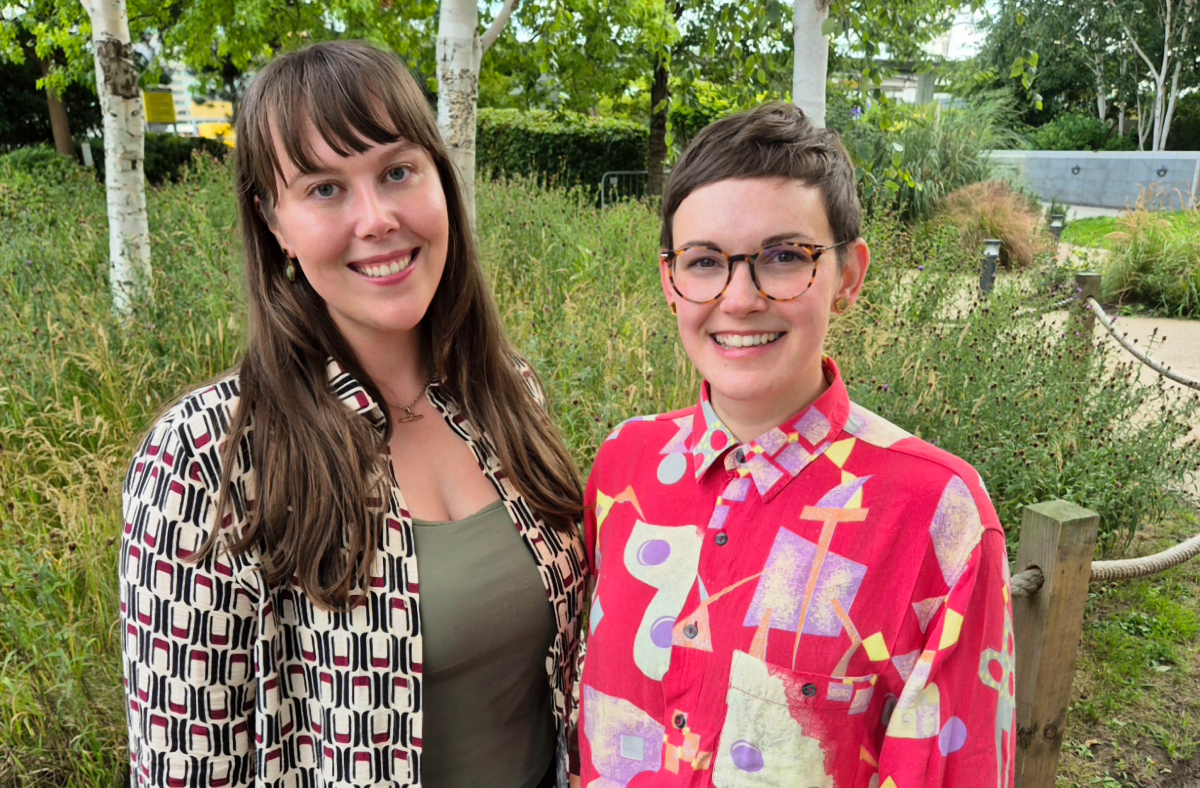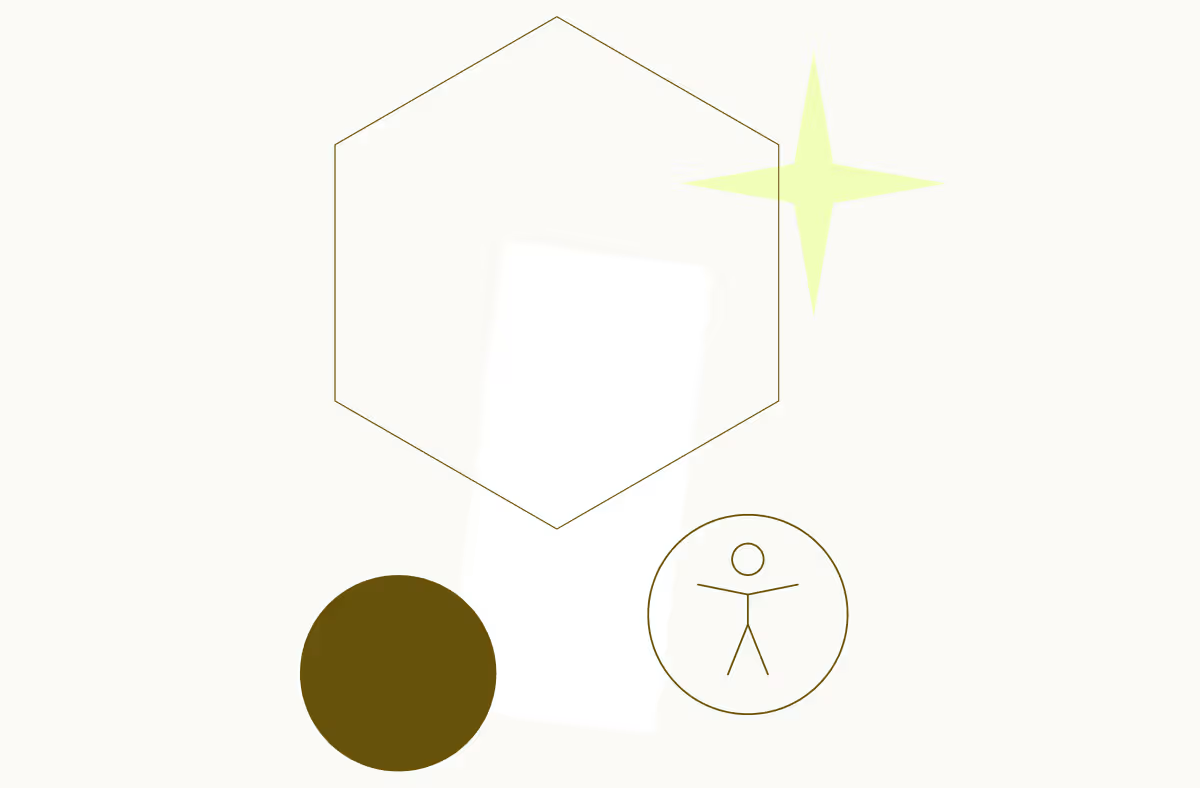Many systems around us — from healthcare to education to technology — simply weren’t built with everyone in mind. They’re shaped by inherited 'norms' that centre certain experiences while overlooking others. We need to bare this in mind with everything we design if we want to be and see the change.
Baring All Brains in Mind 🧠💭
One of the ways this has directly impacted my life, for example, is that women are often diagnosed with ADHD much later in life — not because we don’t show symptoms, but because diagnostic criteria were originally based on white male presentations. The depictions we see of those with ADHD tend to be young boys 'messing around' in class. This doesn't acknowledge that women/girls tend to internalise difficulties. We are more likely to be labelled “too sensitive” or portrayed as “floating about in space” - rather than be taken seriously.
.jpg)
Assumptions and biases can be (and are) perpetuated across design and communication - unless we question - who gets to define what’s 'normal'? Whose needs are being prioritised and whose are being left out?
That’s why universal design principles matter so much: creating products, services and environments that are accessible to as many people as possible, without the need for adaptation or special treatment.
Good design should work for everyone, not just the majority. And it's not just about the end goal, it's also about the process.
At Design Impact Studio, we believe equity starts with awareness — of imbalance, of difference, and of how people experience design in the real world.
🌿 Decolonial, Intersectional, and Accessible by Design
Our approach to design weaves together three principles that guide everything we do:
Decolonial design
We’re intentional about who holds power in the design process.
That means designing with communities rather than for them — recognising that design has historically centred Western, white, male perspectives.
We aim to challenge inherited norms by valuing diverse knowledge systems, lived experience, and community voice, while making sure the process is reciprocal and reflective of real-world diversity. We do this through inclusive and emergent ways of working and we also have our EDI officer, Abigail, to facilitate the process.
Intersectional inclusion
We recognise that people don’t experience the world through a single lens.
Designing with awareness of how race, gender, disability, class, neurodivergence and more, intersect helps us make space for every voice.
We consider accessibility, representation and cultural context together — from how we run workshops to how we test our websites.
Accessible by design
Accessibility isn’t something we tack on at the end — it’s built in from the start. We embed accessibility into design systems through colour contrast, typography, keyboard navigation and inclusive language.
Accessibility for us isn’t just compliance — it’s an act of equity and care. We're proud to have a dedicated Accessibility consultant, Mirela, as part of our team.
Together, these principles share one foundation: equity.
🎨 Design Is Never Neutral
A book that’s influenced our thinking is Graphic Design Is (…) Not Innocent, edited by Ingo Offermanns (2022).

As Lizzie says, "it challenges the idea that design is ever truly neutral — that every visual choice, from font to layout, carries values, power and politics.
It’s a powerful reminder that design shapes culture. Every choice communicates something, whether we mean it to or not.
So we ask ourselves: what assumptions are we reinforcing, and what possibilities are we opening up?"
Design has the power to influence how people see the world — it can reinforce biases, or it can help create change.
Next on our reading list is Decolonizing Design by Elizabeth (Dori) Tunstall, the latest edition to our Design Impact library.

💜 Representation Matters — in Every Sector
Only about 1% of creative agencies are founded by women, and roughly 3% are led by a female creative director (according to a 2019 Forbes article).
As a female-led, values-driven studio, we see first-hand how different minds bring strategic advantage — shaping spaces where everyone can think, create and belong.
At the Blue Earth Summit this autumn, we were struck by Chris Packham’s reminder to break out of our echo chambers and collaborate across difference. Coming from a background in Wildlife Conservation, I’m aware of the lack of representation in environmental sciences — and how the impacts of climate change fall most heavily on already marginalised and lower-income communities.
The science is out there and we believe that visual storytelling can help bridge the gap, making complex ideas tangible, relatable and galvanise people to take action.

🌱 Where We Stand
Our values centre around equity, belonging and partnership.
- Shared commitment to equity and inclusion — following accessibility principles and decolonial design practices.
- Collaborative partnership — working transparently and empathetically with purpose-led teams.
- Designing for change — helping organisations drive social and environmental transformation.
- Tangible impact — creating brands and websites that evolve with you and help your mission thrive.
Ultimately, we’re here to help purpose-driven organisations share their impact — and make design a force for equity, empathy and change. We also try to embody this culture within our own team with diverse voices and experts with lived experience.
Because when we design with all brains, bodies, and backgrounds in mind, we design a world that works better for everyone.

.png)




